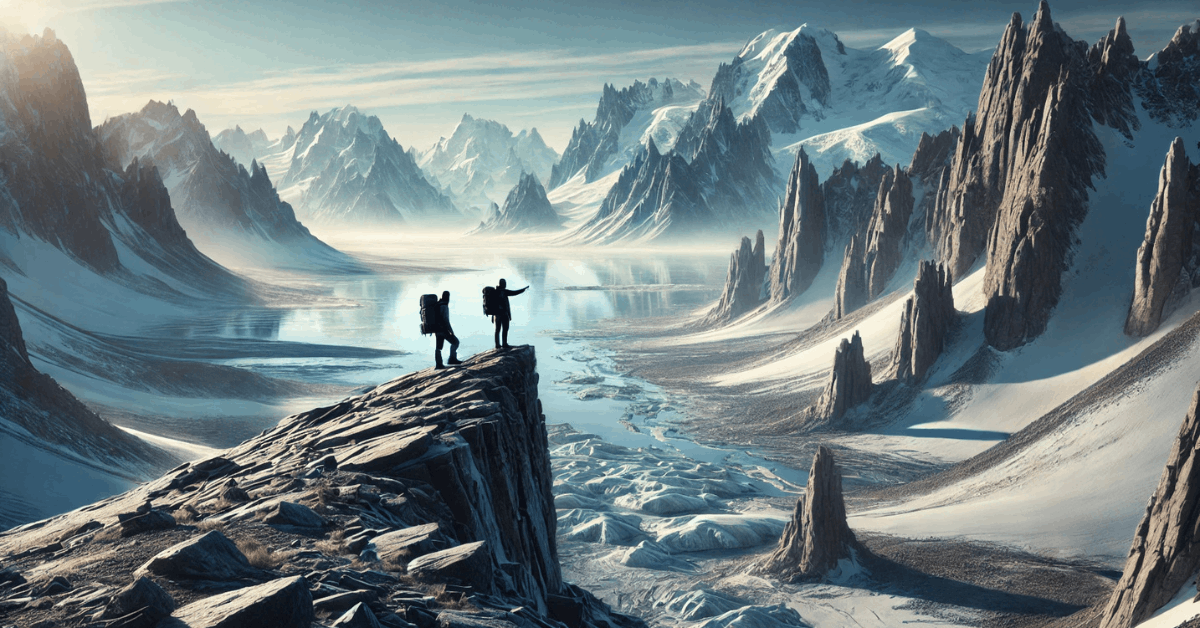Climate change is impacting travel destinations globally. Rising temperatures and extreme weather are transforming tourist spots.
Coastal erosion and habitat loss are major concerns. Travelers must adapt and choose sustainably.
What is Climate Change and Its Environmental Impact?
Climate change refers to long-term shifts in temperatures and weather patterns. These changes result primarily from human activities like burning fossil fuels.
The effects include rising global temperatures, melting ice caps, and rising sea levels. Weather events such as floods, hurricanes, and droughts are becoming more frequent.
These changes harm ecosystems, wildlife, and communities. The impact is visible across the globe.
Rising Temperatures and Their Effects on Tourism
Warmer temperatures are altering many popular travel destinations. Tropical and beach regions face the most significant challenges due to their reliance on consistent climates.
Heatwaves in Tropical and Beach Destinations
Higher temperatures are causing more intense heat waves in tropical and coastal areas. This makes outdoor activities uncomfortable and sometimes unsafe for tourists.
Coral reefs, crucial for marine tourism, are dying due to warming waters. Heat is forcing many species to migrate, disrupting ecosystems.
Some travelers now avoid peak heat periods, affecting local tourism. Destinations must adapt quickly to avoid long-term economic losses.
Destinations Affected by Changing Weather Patterns
Changing weather patterns are disrupting travel seasons in many regions. The Maldives experiences shorter dry seasons due to unpredictable rains.
European ski resorts face challenges as snow melts earlier. In Australia, bushfires occur during peak tourism months, driving visitors away.
Southeast Asia deals with extreme monsoons that disrupt travel plans. These shifts present significant challenges for tourism-dependent economies worldwide.
Changing Sea Levels and Coastal Erosion
Rising sea levels are damaging coastlines. Many beaches and shorelines are disappearing due to erosion.
How Do Rising Sea Levels Affect Beaches?
Higher sea levels cause serious erosion of coastlines, resulting in the loss of beaches used for tourism. Resorts and coastal structures face more significant risks.
Local economies suffer as tourists stay away, and shrinking beaches reduce travel appeal. Urgent action is needed to protect these areas.
Examples of Affected Destinations
Rising seas heavily impact many destinations. These areas have lost beaches or seen changes to tourism:
- The Maldives: Shrinking islands due to sea-level rise.
- Miami, USA: Frequent flooding affects beaches and cities.
- Bangladesh: Erosion forces communities to relocate.
- Venice, Italy: Rising water damages historic areas.
- Kiribati: Islands are at risk of disappearing altogether.
Impact on Wildlife and Natural Attractions
Climate change is affecting wildlife in many areas. Tourism spots depending on biodiversity need to maintain their appeal.
How is Biodiversity Affected by Climate Change?
The effects on biodiversity are visible worldwide:
- Coral reefs like the Great Barrier Reef are dying.
- Polar bears lose habitats as Arctic ice melts.
- Bird migration routes change, affecting birdwatching.
- Tropical species move, disrupting rainforest ecosystems.
- Marine life declines in famous diving locations.
Habitat Changes and Migration Patterns
Rising temperatures push animals to new areas. Coral bleaching leaves marine animals homeless.
Arctic species lose hunting grounds as ice shrinks. Wetlands and forests dry out or flood, reducing habitats.
Tropical animals move to cooler zones, upsetting local ecosystems. Tourists feel the impact as wildlife attractions fade.
Increased Weather Volatility and Travel Planning
Unpredictable weather is making it harder to plan trips. Travelers face challenges with sudden storms and changing conditions.
How Does Unpredictable Weather Complicate Travel?
Unstable weather disrupts flights and schedules. Rainstorms or heat waves hit unexpectedly in many regions.
Tourists need help finding safe travel windows during extreme conditions. Popular destinations lose appeal due to unreliable weather.
Vacation plans now require flexibility and backup options. Careful planning is essential to avoid significant issues.
Severe Weather and Its Effects on Travel Costs
Hurricanes and typhoons are increasing in frequency. These storms damage airports, roads, and hotels.
Travel insurance costs rise due to the higher risk of cancellations, and tourism industries in storm-prone areas face heavy financial losses.
Tourists often avoid booking trips during dangerous seasons. Safety concerns have made the weather a critical factor in choosing destinations.
Adaptations by the Tourism Industry
The tourism sector is working to deal with these weather-related challenges. New practices aim to reduce environmental harm and ensure stability.
Sustainability Efforts in Tourism
Many operators focus on eco-friendly practices to reduce damage. Resorts are building solar-powered facilities and better managing water use.
Airlines and hotels encourage carbon offset programs for travelers. Local tourism boards promote off-season trips to ease overcrowding.
Tourists are encouraged to support sustainable destinations when traveling. These changes aim to balance business and environmental needs.
Destinations Leading in Sustainability
Some destinations are taking bold steps toward eco-friendly tourism.
- Costa Rica: Focuses on sustainable wildlife tours and eco-lodges.
- Iceland: Promotes green energy and nature-friendly travel.
- Bhutan: Limits tourist numbers to protect the environment.
- Norway: Invests in electric ferries for fjord tourism.
- New Zealand: Advocates for responsible outdoor tourism activities.
Impact of Melting Ice Caps on Polar Tourism
Melting ice caps are transforming polar regions. These changes threaten unique travel experiences in Arctic and Antarctic destinations.
Effects on Polar Destinations
Shrinking glaciers reduces opportunities for ice trekking and scenic tours. Wildlife, such as polar bears and penguins, lose habitats, which affects ecotourism.
Melting ice floods nearby coastal areas, raising sea levels. Cruises in the polar regions face challenges due to unpredictable ice conditions.
Tourists now rush to visit before the landscapes disappear. Polar tourism is becoming a symbol of climate urgency.
Drought and Water Scarcity in Travel Destinations
Droughts are reducing water resources in many popular destinations. These issues directly affect local communities and tourism activities.
Effects of Drought on Tourism
Droughts dry up rivers and lakes, affecting activities like boating and fishing. Famous natural attractions, such as waterfalls, lose their appeal.
Water shortages force resorts and hotels to limit services. Travelers may avoid destinations struggling with primary water access.
Agriculture-dependent communities see fewer tourists as landscapes change. The strain on water impacts both locals and visitors.
Practical Tips for Travelers
Travelers must prepare for challenges caused by climate change. These tips can help ensure safe and sustainable trips:
- Check the weather forecast and pack for sudden changes.
- Avoid visiting during seasons of severe storms or heat waves.
- Choose eco-friendly accommodations to support sustainability.
- Carry essentials like rain gear, sunscreen, and emergency supplies.
- Opt for public transport or direct flights to reduce carbon footprints.
- Get travel insurance that covers weather-related disruptions.
Final Words on Climate Change and Travel Destinations
Climate change is reshaping travel destinations in many ways. It impacts weather, landscapes, and tourism experiences globally.
Travelers must adapt and make sustainable decisions when exploring new places. Responsible actions today can protect these destinations for the future.

















